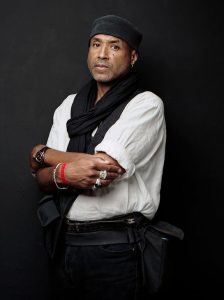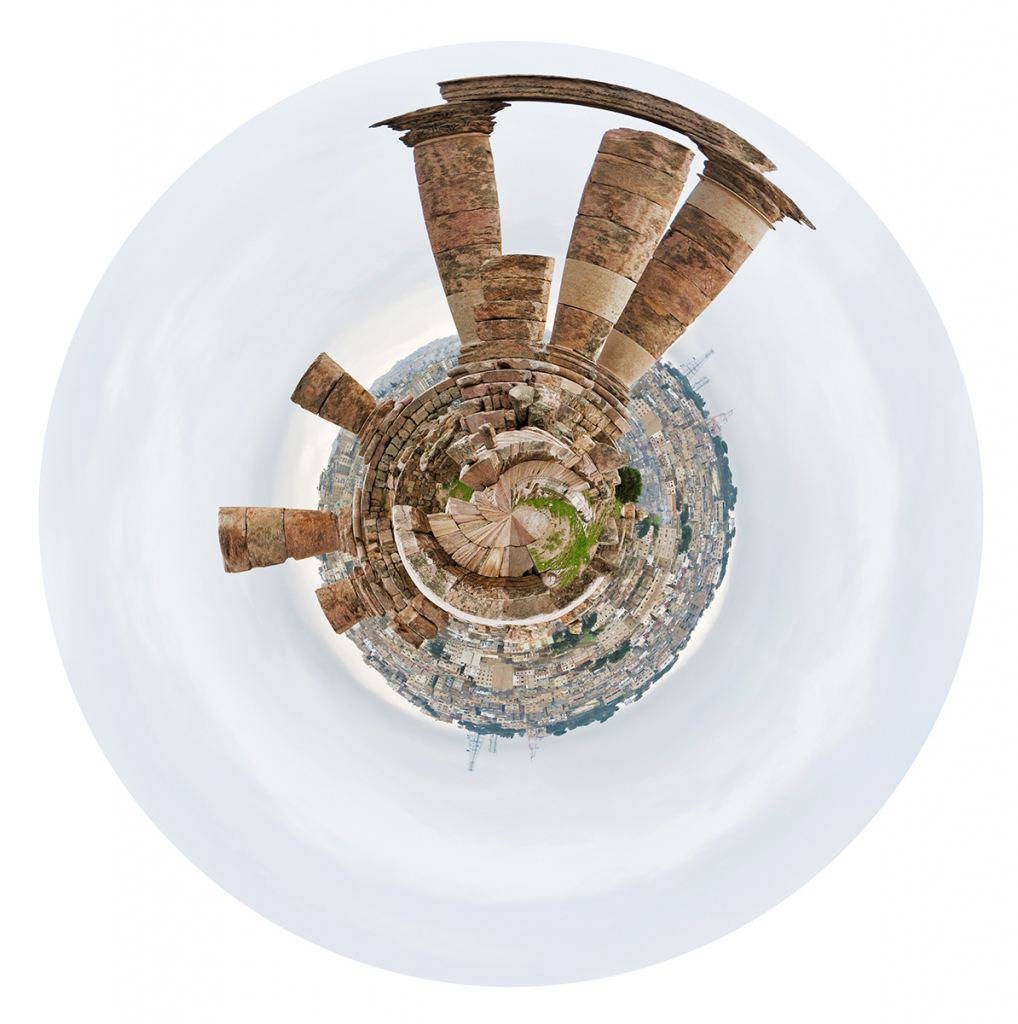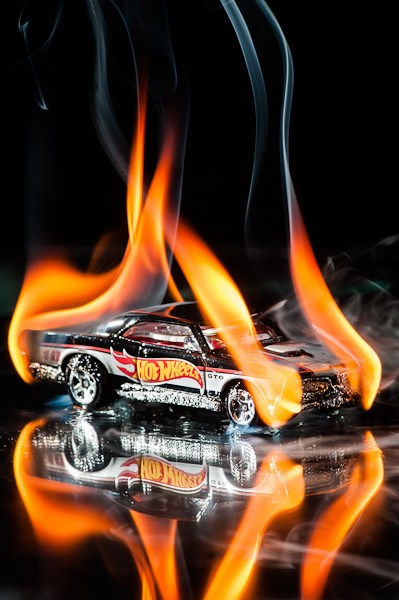STANLEY GREEN – MILITARY PHOTOGRAPH, AUTHOR OF “BLACK PASSPORT” AND NOT ONLY
 There is no person in the midst of professional photographers and amateurs who would not know the name Stanley Green. He is a talented photo reporter who resisted injustice all his life, and he won 5 World Press Photo awards, one of the founders of the NOOR photo agency. His pictures reflect reality, and not a position that is advantageous for any publication.
There is no person in the midst of professional photographers and amateurs who would not know the name Stanley Green. He is a talented photo reporter who resisted injustice all his life, and he won 5 World Press Photo awards, one of the founders of the NOOR photo agency. His pictures reflect reality, and not a position that is advantageous for any publication.
Stanley was engaged in documentary photography, covered military conflicts. He was especially worried about the theme of the Chechen war. At the same time, he sought to capture not death, but the lives of people who, in difficult wartime, should strive for existence. The destruction that takes place around them is reflected in the eyes of the parties to the conflict and the expression of their faces. Works by Stanley Green carry the viewer through time, provide an opportunity to feel the complexity of the situation of people in the war.
Stanley Greene was born in the largest US city, New York. It happened on February 14, 1949. He grew up in a creative family. Stanley’s parents were actors, his father was a part-time director. The family supported the creative endeavors of the young men. At first he wanted to become an artist, then a musician. Stanley even began receiving art education. At the same time he was engaged in amateur photography, taking photos on the camera presented by his parents. Over time, he realizes that the world of photography fascinates him much more than anything else. The pursuit of perfection led Stanley, 20, to the Art Institute of New York, where he received a good education.
The photographer began his work in the world of music and fashion. He collaborated with The Rolling Stone, Elle, Marie Claire. Fame brought him the project “Western Front”. At that time, a novice photographer visited San Francisco to capture the life of hippies and punks (1970-1980s). He also worked as an advertising photographer. Despite the fact that he manages to create amazing portraits, cooperation with glossy publications did not bring pleasure to Stanley. Military topics interested him much more. Indifference to military conflicts manifested Stanley in childhood. Growing up, he took part in the activities of parties opposing the war.
In 1986, Stanley decides to move to Paris. By a happy coincidence of circumstances, he witnessed the fall of the Berlin Wall. The works of the talented photographer who covered this event did not go unnoticed. Stanley finally decided on the subject of his activities and began to engage in shooting military conflicts in different countries (India, Rwanda, Lebanon, South Sudan, Afghanistan, USSR, Zaire, Kashmir, Sudan). The most significant project in the career of a photographer was the coverage of the war in Chechnya.
Green has received many awards for his work. His creative legacy includes not only individual photographs, but also books published about war that have been awarded prizes. He constantly took part in exhibitions, gave master classes, did not refuse to take the place of the jury at various photo contests.
Despite the popularity, the photographer could never boast of life in abundance. The problem was that he was interested in significant topics. People who are far from military conflicts, do not want to think about this side of life. They are more likely to look at the savory moments in the lives of celebrities than to delve into the essence and causes of military conflicts, to take an active part in resolving the situation. Stanley also preferred to shoot only what he considered really important. Therefore, he received orders with difficulty, and all fees went on traveling to hot spots.
Green is the author of the globally recognized Black Passport. This is a photographic book with a first-person war narration. As they say contemporaries, it reflects an infinite number of shades of black. The work is very informative and relevant to this day, despite a decent amount of time that has passed since the terrible events reflected in it.
Stanley Green passed everything through himself, and he had to go through a lot. He constantly saw death, once he witnessed events in Fallujah, during which his compatriots were burned. However, each time he again took the camera in his hands and went to the next hot spot. Being engaged in similar work, the photographer expressed his protest against the war. Green has always believed that a person who looks at what is happening around and does nothing is no less guilty than the one who has a weapon in his hands.
Stanley was showing the truth as she was. He did not use graphic editors, considering that they distort events. Stanley also did not resort to staged photos that have nothing to do with the work of a photojournalist. He was ready to risk not for the sake of a good frame, but for the people to know the truth. In this case, it is impossible not to note the artistic value of the images.


